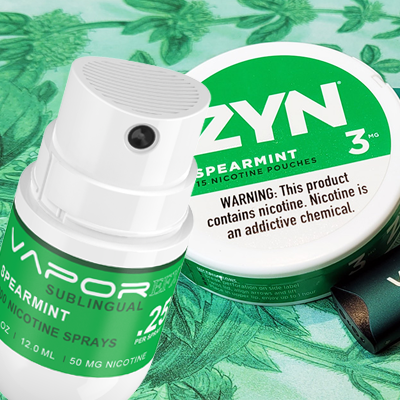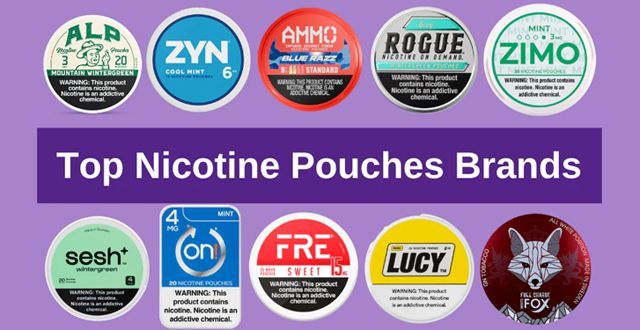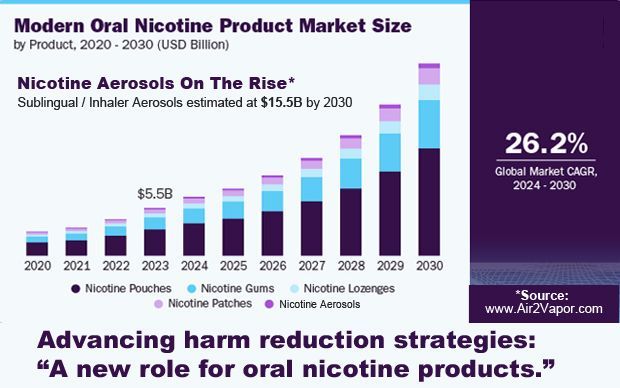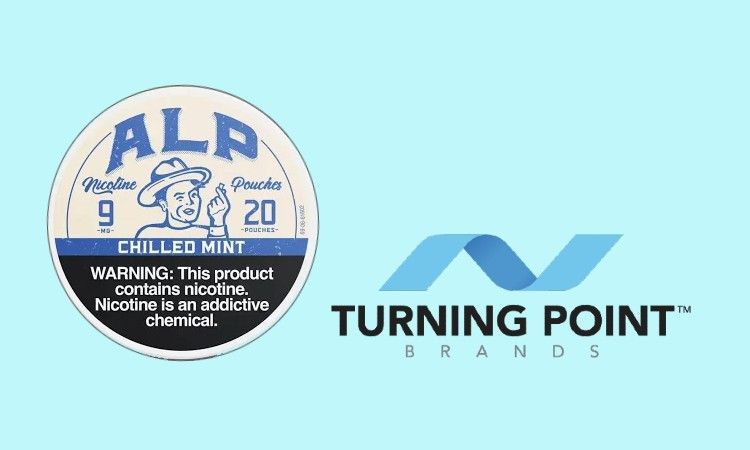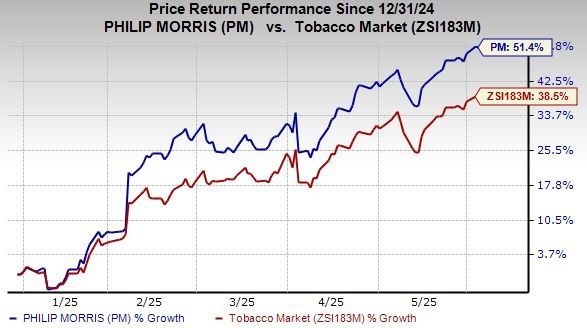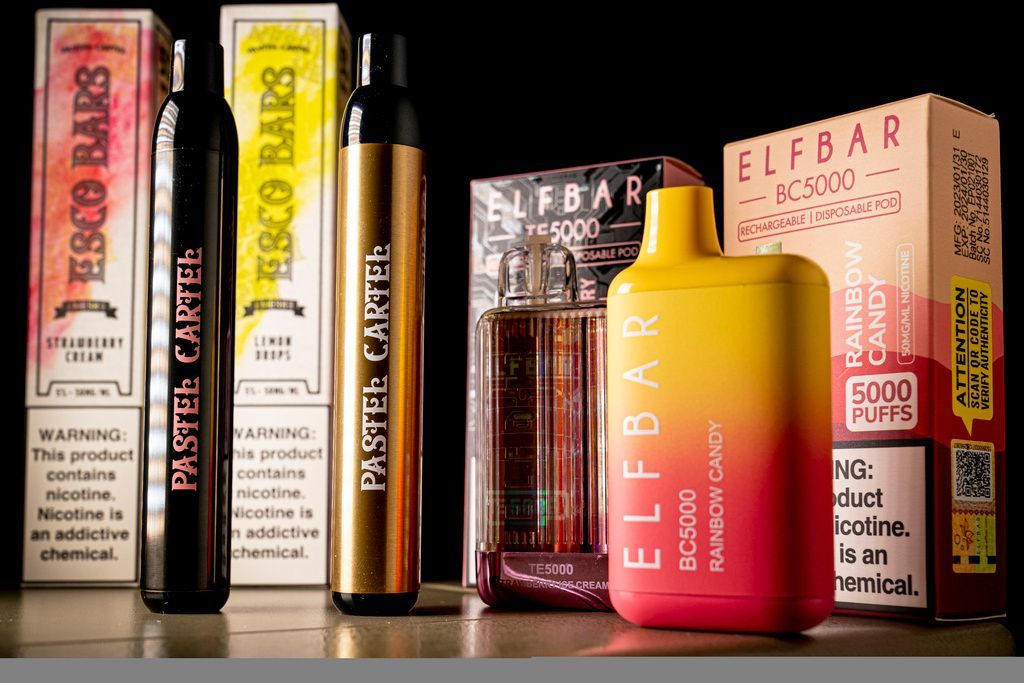48% of military veterans experiencing serious psychological stress report use of tobacco.
Air 2, LLC
Quitting Is Strength:
Changing the Narrative on Tobacco Use in the Military
What if the greatest threat to our veterans’ health isn’t on the battlefield, but in their pockets?
Article Summary:
- Our Military and tobacco.
For decades, tobacco companies worked hard to associate their products with military service.
They handed out free cigarettes to troops during wartime. They sponsored events on military bases. They sold products at steep discounts in commissaries and exchanges. The strategy was simple: Build loyalty among young service members and make smoking part of military culture.
- According to the Centers for Disease Control and Prevention (CDC):
Veterans are more likely to use tobacco than nonveterans. 48% of military veterans experiencing serious psychological stress report current use of tobacco products. And among veterans living in poverty or without health insurance, tobacco use rates are as high as 60%.
- Protecting those who protect us.
This isn’t just about addiction. It’s about how systems have failed to offer support, how military culture has normalized unhealthy coping mechanisms, and how easy access continues to undercut efforts to quit. And at its core, it’s about protecting the health and wellbeing of those who served to protect us.
- Easy access and less expensive alternatives.
Approximately 38% of current military smokers began using tobacco after they enlisted in military service.
Even today, many base exchanges and commissaries sell cigarettes and smokeless tobacco at prices that are lower than nearby civilian retailers. The military remains a stronghold of smokeless tobacco use, in particular. Among younger enlisted troops, dip is often seen as a more discreet option during long shifts, field exercises or deployments where smoking isn’t possible. - Although an alternative, not all smokeless tobacco is safe.
This isn’t a harmless alternative. According to the National Cancer Institute, smokeless tobacco is linked to cancers of the mouth, esophagus and pancreas, and causes serious gum disease and tooth loss.
- Breaking the Stigma: Seeking Support to Quit.
While policies and resources to support quitting are expanding, stigma remains a significant barrier for many veterans. Military culture often prizes toughness, resilience and self-sufficiency — traits that can make it harder for individuals to seek help when facing addiction. - What needs to happen next?
To reduce tobacco use among veterans, we need to: - Eliminate pricing loopholes that allow tobacco to be sold cheaply on base.
- Continue to scale up veteran-specific cessation tools, including peer-led models.
- Ensure every behavioral health and substance use program includes a plan for tobacco treatment.
- Invest in outreach that resonates with veterans’ values, identities and lived experiences.


